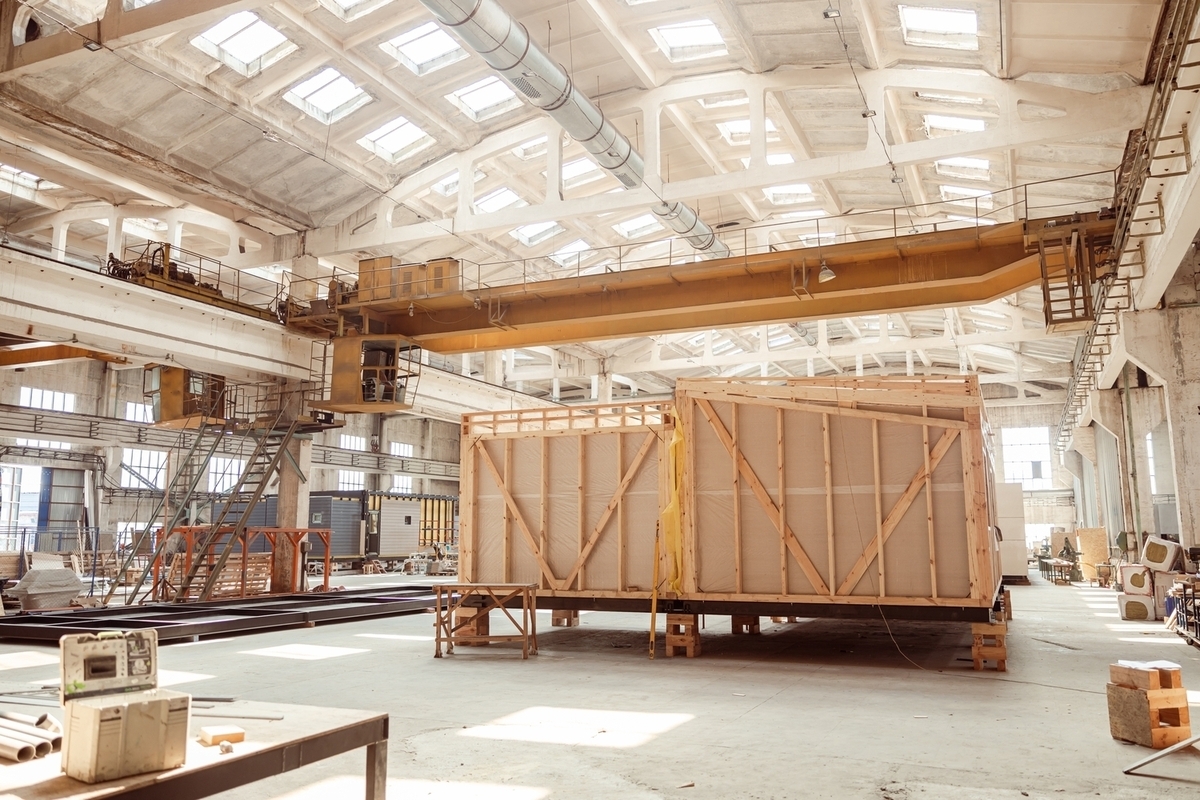Prefabricated Storage Buildings Revolutionizing Efficiency and Versatility in Modern Storage Solutions
In recent years, the demand for advanced storage solutions has skyrocketed, and prefabricated storage buildings have emerged as a game-changer in the industry. These structures, designed to be manufactured off-site and assembled on-site, offer a myriad of benefits ranging from cost-effectiveness to versatility. This article delves into the intricacies of prefabricated storage buildings, exploring their advantages, applications, and the factors contributing to their growing popularity.
The Rise of Prefabricated Storage Buildings
Prefabrication is not a new concept, but its application in creating storage buildings has seen significant advancements.

Benefits of Prefabricated Storage Buildings
Cost-Effectiveness
One of the most compelling advantages of prefabricated storage buildings is their cost-effectiveness. Traditional construction methods can be labor-intensive and time-consuming, leading to higher expenses. Prefabrication, on the other hand, reduces construction time and labor costs significantly. The controlled manufacturing environment also minimizes material wastage, further lowering costs.
Speed of Construction
Time is often a critical factor in construction projects. Prefabricated storage buildings can be erected much faster than conventional buildings. Since the components are manufactured in parallel with site preparation, the overall construction timeline is drastically reduced. This can be particularly beneficial for businesses that need quick storage solutions.
Quality Control
Factory-controlled environments ensure higher standards of quality and consistency. Prefabricated components are manufactured using precision machinery, which translates to better fit and finish. This level of quality control is challenging to achieve in on-site construction due to variables such as weather conditions and human error.
Customization and Flexibility
Prefabricated storage buildings are highly customizable to meet specific needs. Whether you require additional insulation, unique dimensions, or specialized layouts, prefabrication allows for a high degree of customization. This flexibility makes these buildings suitable for a wide range of applications, from agricultural storage to industrial warehouses.
Sustainability
Sustainability is a growing concern in modern construction. Prefabricated buildings are inherently more sustainable due to reduced material waste and the ability to recycle excess materials. Additionally, the controlled factory setting allows for more efficient energy use, contributing to a lower environmental footprint.
Applications of Prefabricated Storage Buildings
Commercial Warehousing
Businesses that require extensive storage space can benefit greatly from prefabricated storage buildings. These structures can be designed to accommodate a variety of needs, including high shelving systems, climate control, and secure storage areas. The speed of construction ensures that businesses can scale their operations quickly to meet market demands.
Agricultural Storage
Farmers and agricultural businesses often require robust and flexible storage solutions for equipment, crops, and livestock. Prefabricated buildings are ideal for this purpose due to their durability and adaptability. They can be customized for ventilation, temperature control, and pest resistance, ensuring optimal storage conditions.
Residential Storage
Homeowners are increasingly turning to prefabricated buildings for additional storage space. Whether it’s for storing vehicles, tools, or seasonal items, these structures offer a convenient and cost-effective solution. Their customizable nature means they can aesthetically match residential properties, enhancing curb appeal.
Public Sector and Institutional Use
Schools, healthcare facilities, and government agencies also benefit from prefabricated storage buildings. These organizations often need quick, reliable solutions for equipment storage, temporary classrooms, or emergency shelters. Prefabrication offers the speed and versatility required to meet these urgent needs.
Factors to Consider When Choosing a Prefabricated Storage Building
Material Selection
The choice of materials is crucial for the durability and functionality of a prefabricated storage building. Common materials include steel, aluminum, and wood, each offering unique advantages. Steel is favored for its strength and durability, while aluminum is lightweight and corrosion-resistant. Wood offers a traditional aesthetic and can be combined with other materials for added strength.
Design and Layout
Consideration of the design and layout is essential to ensure the building meets specific storage needs. Factors such as ceiling height, door placement, and internal divisions should be tailored to optimize storage efficiency. Consulting with a prefabrication expert can help in creating a design that maximizes functionality.
Site Preparation
Proper site preparation is essential for the successful installation of a prefabricated storage building. The site must be leveled, and necessary foundations should be laid to support the structure. Additionally, ensuring easy access for transportation and assembly of components will facilitate a smoother construction process.
Regulatory Compliance
It is important to ensure that the prefabricated storage building complies with local building codes and regulations. This includes obtaining necessary permits and adhering to zoning laws. Working with a reputable manufacturer familiar with these requirements can help streamline the approval process.
Prefabricated storage buildings are revolutionizing the storage industry by offering efficient, cost-effective, and customizable solutions. Their versatility makes them suitable for various applications, from commercial and agricultural uses to residential and institutional needs. As the demand for sustainable and rapid construction methods grows, prefabricated storage buildings will undoubtedly continue to play a pivotal role in meeting modern storage requirements.
By understanding the benefits, applications, and considerations involved in choosing a prefabricated storage building, businesses and individuals can make informed decisions to optimize their storage solutions.